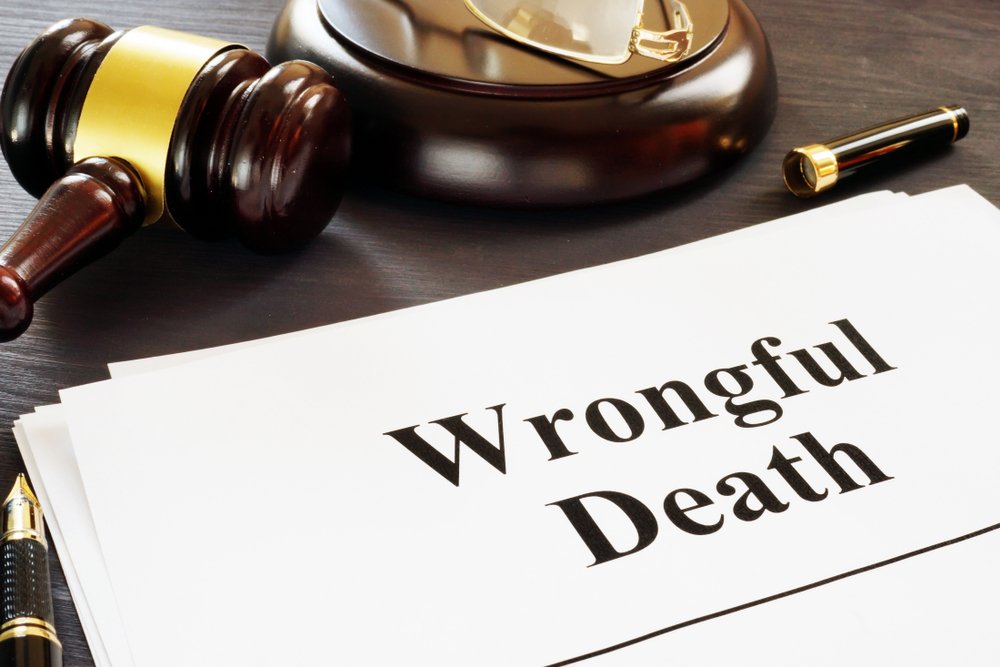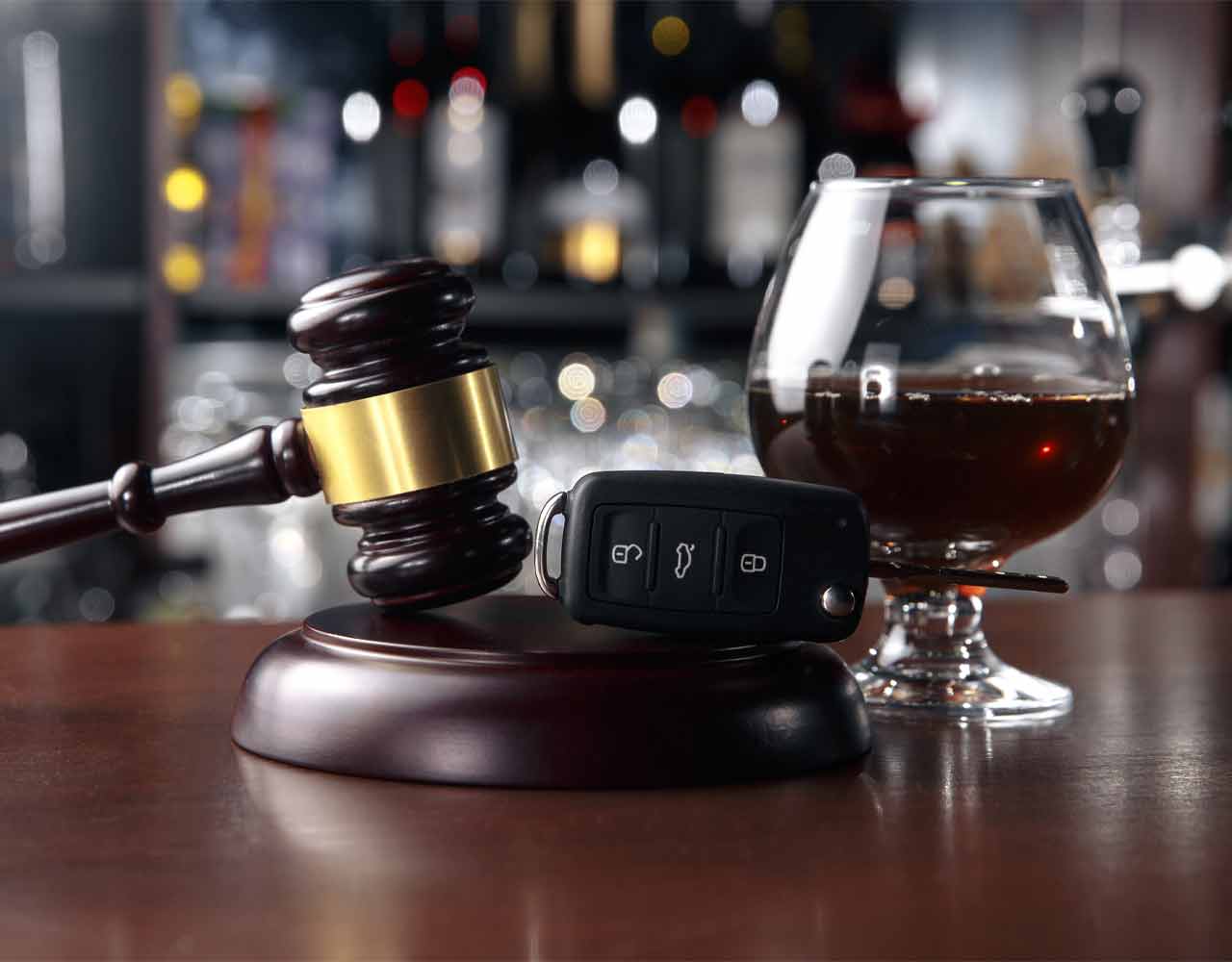How is Child Custody in Divorce Proceedings Determined?
January 5, 2021According to one study, about 40 to 50% of people who are married get divorced.
If you’re in one of those situations and have children, you might be wondering what happens with child custody in divorce.
Who gets custody of a child in a divorce, and how is it decided? Keep reading to find out!
Who Chooses Who Gets Custody of a Child in Divorce?
The parents are normally driving the custody case. The judge is the one who will make a decision after hearing both parent’s side of the story.
However, if both parents are able to work together and come to a friendly agreement, the judge is more likely to grant the order. Working together is the best way to get what you want, but we know it’s not always easy when it comes to divorce.
If you can’t come to an agreement, the court will decide on your behalf. It will vary depending on the state you’re living in, but once the judge gives the order, you have to follow it even if you disagree.
How They Decide
When a child custody case gets taken to the court, the court will almost always decide based on what will be best for the child in the case. That is the highest deciding factor, but there are many more of them.
Factors About the Child
For example, the sex and age of the child might be a factor. The judge will also take into account their physical and mental health and determine which parent would be better suited to take care of them.
They will also look to see what the child’s living pattern is. Where do they go to school? What communities are they apart of? Are they religious?
Are they getting a good education? The judge will also try and determine if the change will be a good thing for them. If they are just about to finish up a year at a really good school, the judge might consider that as well.
If the child is old enough, the judge may ask them what parent they would prefer to live with.
Factors About the Parents
The court will also look at factors that concern the parents, lie their lifestyle, and other factors about their social life. They’ll look at the mental and physical health of the parents and their ability to provide for their child.
Can they give their child good shelter, clothing, medical care, food, and love?
Most courts tend to favor the parent that will provide the most stable relationship for their child. However, in some courts, they’re more likely to favor the mother.
Different Types of Custody
Once the judge has determined who the primary caregiver should be, you’ll be assigned different types of custody.
You could get physical custody, which means that you have the right to live with your child after your divorce. Both parents can get joint physical custody, but only one person will be able to get sole physical custody.
Joint Physical Custody
A judge might award joint physical custody in order to make sure that the child can still see both of their parents. Sometimes this is the default result, but in some states, it’s a decision.
This doesn’t mean that each parent has to have a fifty-fifty split. The parents can try and come up with an agreement, but if they can’t, the judge might decide how to alternate weeks, months, or even just a few days. The judge will also determine how they should split up holidays.
If you were ordered joint custody, you should ask yourself a few questions to make sure that you’re ready for it. For example, are you living close enough to your ex-spouse that your child will be okay? Do you have any plans to relocate?
How much of an important role do you play in your child’s life? Do you get along with your ex enough for this to work?
Sole Physical Custody
If you’re granted sole physical custody, that means the child will permanently live with you. The other parent will be able to see their child, but they will be scheduled visits.
This sometimes is better for kids because they’re able to just live in one place rather than moving from place to place. It can even be less stressful for the parents as well.
However, this is the less equal of the two options, so you’ll need to come up with a schedule if the court doesn’t appoint one for you.
Modify a Custody Agreement
Sometimes the judge will come to an agreement that you don’t think is right. While most judges in every state take this seriously, it’s still a very difficult decision and sometimes the solution isn’t perfect.
That’s why you can modify a custody order or child custody schedule.
The requirements to change the order or schedule can be different in each state. However, most parents will have to prove that there are good enough circumstances that changed since the last order.
If there is, the judge will review the case. However, they will still look at the case according to the same number of factors that we mentioned earlier.
Learn More About Child Custody in Divorce
These are only a few things to keep in mind when trying to figure out child custody in divorce, but there are so many more things that could happen during proceedings.
We know that it can be exhausting going through a divorce, but we’re here to help support you!
If you enjoyed this article, make sure that you explore our website to find more articles just like this one!
















